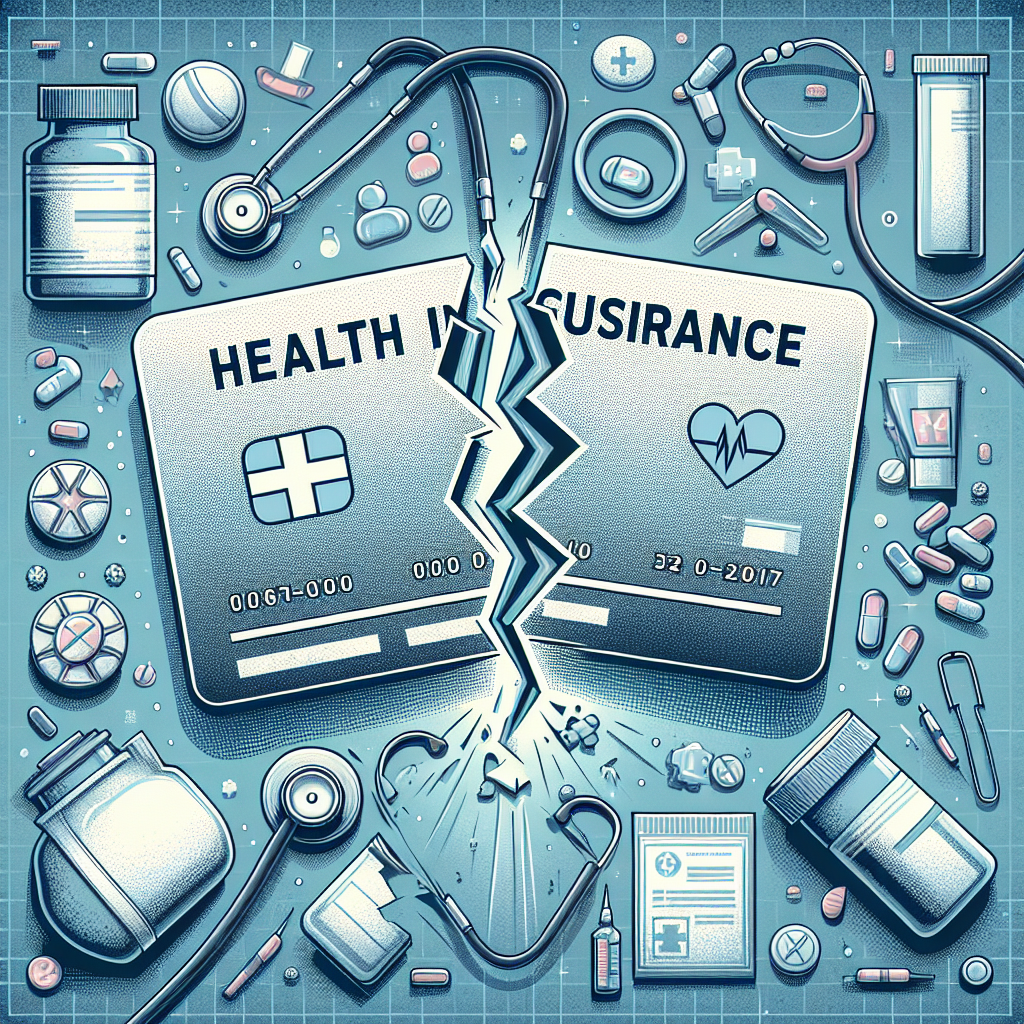Filed under Health Insurance on
Understanding Catastrophic Health Insurance Coverage

In today's complex healthcare landscape, understanding the various types of health insurance available can be challenging. One such option is catastrophic health insurance coverage, which offers a safety net for those who generally don't need regular medical attention but want protection against significant medical expenses. While it may not be suitable for everyone, it can be a cost-effective alternative in certain circumstances. This article explores the intricacies of catastrophic health insurance, including its benefits, limitations, and who might find it most beneficial.
What is Catastrophic Health Insurance Coverage?
Catastrophic health insurance is a type of health insurance plan designed to protect against significant, unexpected medical expenses. It features lower monthly premiums compared to traditional health plans but comes with a higher deductible. The primary objective of catastrophic insurance is to provide a financial safety net in worst-case scenarios, like severe accidents or severe illnesses that would otherwise result in hefty medical bills.
Features of Catastrophic Health Insurance
Understanding the features of catastrophic health insurance coverage can help individuals decide if it's the right choice for their needs:
- Low Premiums, High Deductibles: The premiums for catastrophic plans are generally lower than those of standard health plans, making them an attractive option for young and healthy individuals.
- Essential Health Benefits: These plans cover essential health benefits after the deductible is met. This includes services such as emergency services, hospitalizations, and preventive services.
- Protection Against Severe Financial Burden: Catastrophic coverage helps prevent significant financial losses in the case of unexpected medical costs.
- Three Free Primary Care Visits: Some plans offer up to three primary care visits per year before the deductible is met.
Real-Life Example
Consider Sarah, a 27-year-old freelance graphic designer. She is generally healthy, exercises regularly, and rarely visits the doctor. While her income fluctuates, she wants to avoid substantial medical bills if an emergency arises. Sarah opts for a catastrophic health insurance plan. This allows her to maintain low monthly expenses while providing peace of mind. If Sarah faces a severe health issue, her catastrophic plan ensures essential health services are covered post-deductible, protecting her from overwhelming expenses.
Who Should Consider Catastrophic Health Insurance?
Catastrophic health insurance isn't for everyone. Here are the individuals who might benefit the most from this type of plan:
- Younger Individuals: People under 30 often have fewer health issues, making them ideal candidates for this type of coverage.
- Individuals with No Major Health Concerns: Those who do not expect regular medical visits but want coverage for unexpected events.
- Those with Financial Constraints: Individuals who prefer lower monthly premiums and are comfortable with a higher out-of-pocket cost if necessary.
Limitations of Catastrophic Health Insurance Coverage
While catastrophic health insurance coverage can be beneficial, it is crucial to understand its limitations:
- High Deductibles: The high deductible means you will pay more out-of-pocket before the insurer starts paying.
- No Routine Care Coverage: Routine medical care and most prescription drugs are not covered until the deductible is met.
- Restricted Eligibility: Primarily available to individuals under 30 or those with hardship exemptions.
Practical Advice on Choosing Catastrophic Health Insurance
- Evaluate Your Health Needs: Assess your current health status and predict potential healthcare needs. Consider if you can manage typical medical costs out-of-pocket.
- Analyze Financial Capability: Consider if you can afford high deductibles in the event of a major health issue. Ensure the plan aligns with your financial planning goals.
- Research Thoroughly: Look into various catastrophic plans. Understand the differences in terms and conditions across insurers.
- Check Eligibility Requirements: Ensure you meet the age or hardship exemption criteria necessary to qualify for a catastrophic plan.
Catastrophic Health Insurance vs. Traditional Health Insurance
It's essential to differentiate between catastrophic and traditional health insurance to make an informed decision.
- Cost: Traditional health insurance generally has higher premiums but lower deductibles than catastrophic plans. This may be more suitable for those with ongoing health issues.
- Coverage: Traditional plans often cover a broader range of medical services. Catastrophic plans mainly cover emergencies and post-deductible essential services.
- Savings: While traditional insurance can be more expensive, it may save you money in the long run if you require frequent medical attention.
Conclusion
Catastrophic health insurance coverage offers a unique solution for those who prioritize lower monthly premiums and need financial protection against catastrophic health events. While it has its limitations, understanding personal health needs and financial situations can help individuals decide if this type of coverage is right for them. Since eligibility is restricted, prospective buyers should verify their qualifications before proceeding.
Frequently Asked Questions (FAQs)
1. What is the main advantage of catastrophic health insurance?
The primary advantage of catastrophic health insurance is its low monthly premiums, offering peace of mind against unexpected and high-cost medical events.
2. Can I use a catastrophic plan if I regularly require prescription medications?
Catastrophic plans might not be the best choice for someone who needs regular prescriptions, as these are generally not covered until the high deductible is met.
3. Who is eligible for catastrophic health insurance coverage?
Eligibility generally includes individuals under the age of 30 or those who qualify for a hardship exemption due to specific circumstances.
4. Does catastrophic health insurance cover preventive services?
Yes, these plans often cover essential preventive services without having to meet the deductible. This may include screenings and immunizations.
5. How does a catastrophic plan handle emergency healthcare services?
Once the deductible is paid, catastrophic health insurance covers emergency healthcare services, protecting policyholders from excessive financial burdens in emergencies.




